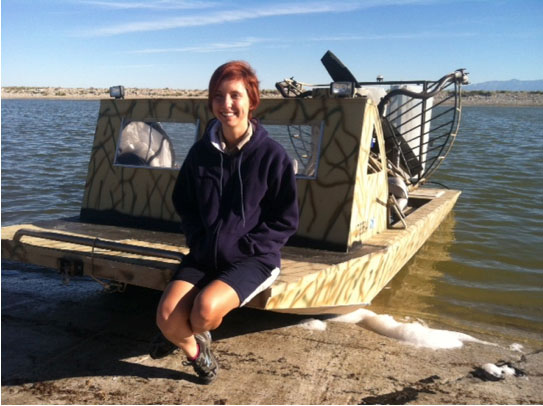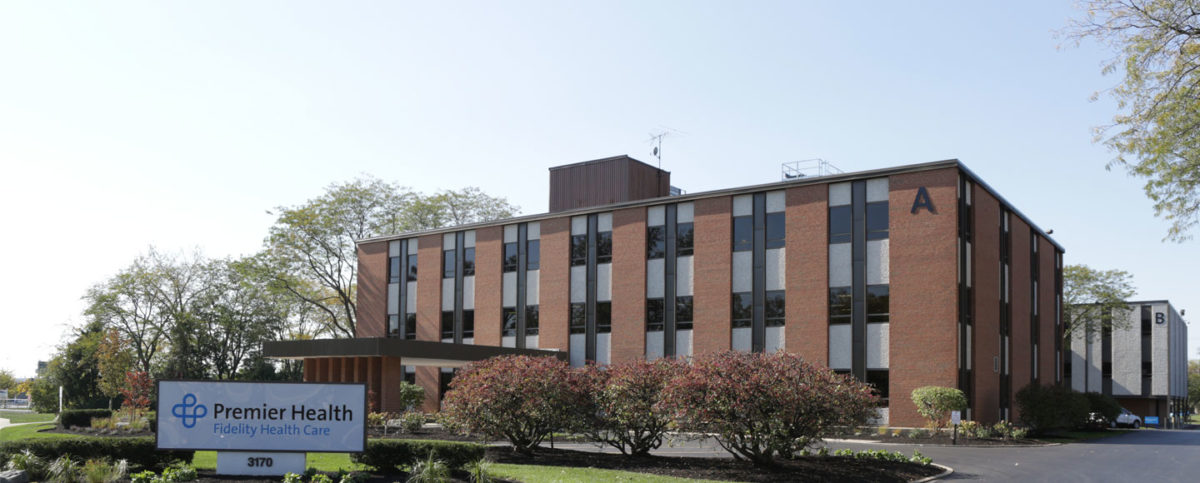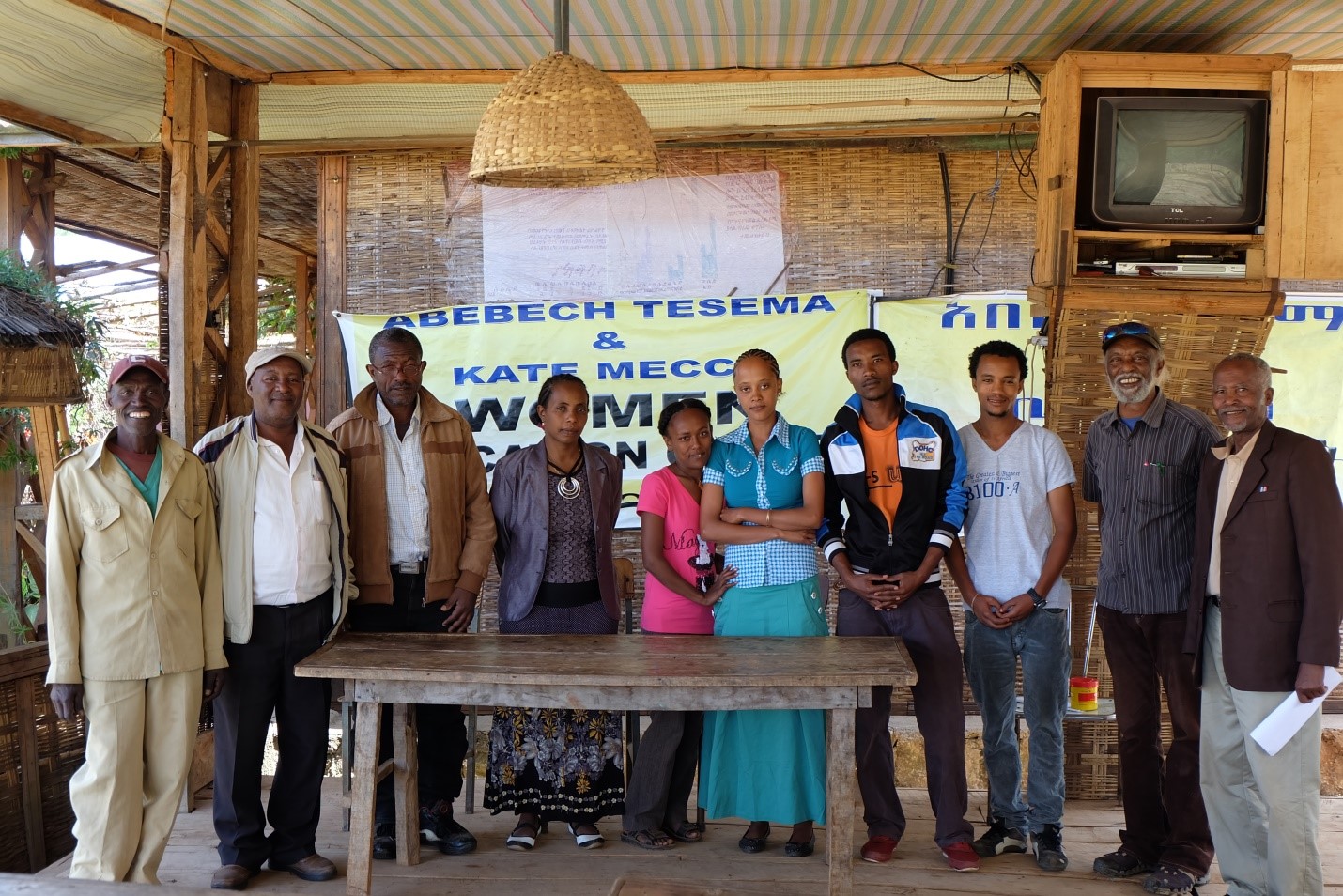I am a water quality research intern under the Jordan River/Farmington Bay Water Quality Council. I am from Utah and had this internship the summer before I came to Antioch, and returned to this internship for co-op. The Water Quality Council is performing a 20-year long study on the water quality of the Great Salt Lake and its tributaries. I am paid through South Davis Sewer District because the funding for the project comes from a consortium of sewer districts. Sewer districts, or POTW’s (Publicly Owned Treatment Works), are interested in understanding the area’s water quality because the EPA has recently proposed standards that allow extremely low levels of nutrients to be discharged from POTW’s into the lake. These standards would cost the POTW’s and taxpayers millions, if not billions. The main focus of the project is to determine if nutrients from POTW’s are causing eutrophication or any other impairment of the lake.
The Great Salt Lake, located in northern Utah, is unusual because of its saline waters. It is among the largest saltwater lakes in the world, and the largest in the US (the only other US saline lake is Mono Lake) and the western hemisphere. The Great Salt Lake is a funneling point for migratory birds, providing essential nutrition for 2 to 5 million shorebirds. Many animals live around the lake, such as bison and rattlesnakes. Brine shrimp (Artemia franciscana) and brine flies (the rarer Ephydra hians and the common Ephydra cinerea) are the main species of the lake, but there are also many halophile microbes. The Great Salt Lake is valuable, and this project has the potential to protect it through providing the science to understand it. We provide information politicians will look at when making decisions involving the Great Salt Lake.
Besides our research efforts, there is a non-profit organization, Friends of Great Salt Lake, dedicated to preserving the lake and to change its negative public perception. I had the opportunity to attend the organization’s recent conference through my work, and meet local and international figures involved with saline lakes. Besides the research, art, history, and future goals of the Great Salt Lake, similar international lakes were discussed as well. Lake Urmia, located in Iran, is rapidly shrinking because of diversion of water for agriculture. Hassan Rouhani, the Iranian president, has made efforts to save Lake Urmia, including calling an international conference to decide a course of action– a conference which my supervisor was a part of. My supervisor was also a speaker at the conference, and talked about his work on the Aral Sea, a famous example of a lake disappearing from water diversion. The Great Salt Lake is showing decline in water levels too. I loved the chance to hear about others’ inspiring work at this conference.
My supervisor is a brine shrimp expert and in charge of the Farmington Bay portion of the project. I mostly work with him. About every two weeks we go out on an airboat and sample nine sites in the Great Salt Lake’s Farmington Bay. The water can be stinky and the brine flies bothersome, but the surreal landscape and interesting tasks at hand take all my focus. We measure dissolved oxygen, salinity, phycocyanin, conductivity, pH, depth, visibility, and temperature. We take a zooplankton net at each site to access what is living in the bay at different times. We take samples for chlorophyll, algae, nitrogen, phosphorous, cyanobacteria, and cyanotoxins. The more data we collect and the more I understand what our research means on the lake, the more I realize there are a vast number of variables at play on the Great Salt Lake.
Cyanotoxins are produced by cyanobacteria (aka blue-green algae). WHO lists cyantoxins in water as a threat to human health. It is essential to understand the effect of cyanotoxins on local biota (organisms living in the area). Brine shrimp are a great species to test on because they represent a lot of life in the Great Salt Lake and they have been used for bioassays before. I helped design and am now assisting in carrying out an Artemia franscicana microplate toxicity test or bioassay in a lab.
My supervisor and I are also setting out designs for placing mesocosms, a container to control for variables on the lake for an experiment, in Farmington Bay to determine nutrient limitations on cyanobacteria. The project will probably not take place until next April, but because of the intensive nature of mesocosms, many meetings and a lot of research is taking place between now and then. If not done right, the experiment will easily cost thousands and fail to provide quality data.
Besides my supervisor’s work on Farmington Bay, there is also a wetland portion to the project (which I have not worked on this co-op), and a Jordan River and tributaries portion. I was on a freshwater surveying team. We looked for two weeks straight in the Jordan River for historically present native freshwater mussels. In the eastern United States, they are used as indicators for impairment of water bodies. We did not find a single live mussel, only some shells in a stream leading into the Jordan River, and the mollusk expert we were working with said the shells could be 50 years old. I personally believe the freshwater mussels in the Jordan River have gone extinct and have been replaced by an invasive Asian clam.
I also help take water samples and CPOM of the Jordan River and its tributaries. CPOM stands for Course Particulate Organic Matter, and we test it by putting a net in the water for a certain period of time at different locations and depths in a river, collecting whatever debris is in the water. This is important to quantify because the amount of dissolved oxygen drops in the Jordan River. This phenomenon may be caused from debris from growing non-native trees and grass in a desert getting into the river. There is not enough oxygen in the water to break everything down, tanking the oxygen levels in the water. Also in the Jordan River we are building and placing nutrient agars with different artificial substrates to see if the heterotrophs are phosphorus-limited compared to the known nitrogen limitation of autotrophs.
Antioch’s science and statistics classes have helped prepare me for this co-op. They gave me a foundation so I could competently talk about or discuss basic ecological concepts and the chemical nature of nutrients in the Great Salt Lake. I am excited to come back to Antioch this summer and use what I have learned, in and out of the classroom, to further understand the relationship of learning and the working world. I love this co-op, and am more excited than ever to delve into understanding the natural world and provide good data to inform and convince our leaders to help out the environment.






